The Ultimate Guide to The Singapore Metro - The MRT
Use the Singapre Metro (MRT) to make the most of your visit. Save time and money, get around easily, avoid traffic and taxi fares.
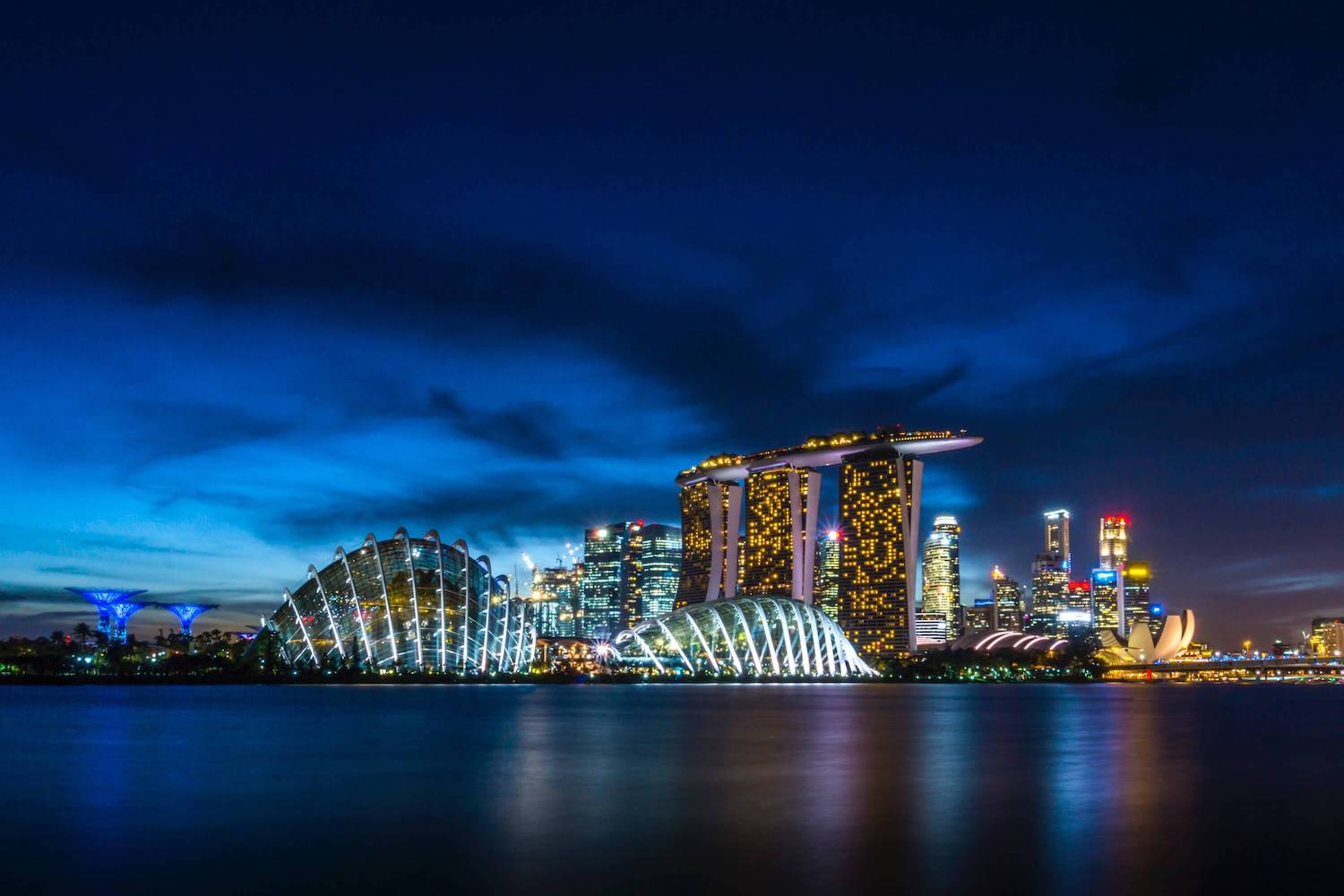
Did You Know? SMRT has won more than 50 awards since 2005.
From a British Trading Post to merging with Malaysia to total independence acquired in 1965. Its turbulent history didn‘t get in the way of becoming one of the highest developed global cities on the planet. Today, Singapore is a must-visit destination, and due to its compact size and a diversity of attractions, any kind of traveler is bound to find their moment of glory in the futuristic, yet nature‘s kissed island. And there‘s no better way to explore than with the Singapore Metro System which is a world-class rapid transit network. To make the most of the city, it’s a great idea to stay in a hotel near Singapore MRT stations. Let‘s puzzle it out in 10 easy steps, and you‘ll be more than ready to conquer Singapore‘s finest attractions while traveling like a local and saving your budget at the same time.
- Step 1: It All Starts With History
- Step 2: Singapore Metro System Today
- Step 3: Meet The Lines & Central Stations
- Step 4: Know Frequency & Hours of Operation
- Step 5: Ticketing & Fares
- Step 6: Accessibility & Safety
- Step 7: Appreciate The Architecture & Art
- Step 8: Discover Singapore Through The Metro System
- Step 9: What About The Airports?
- Step 10: Pack Up Additional Information
Step 1: It All Starts With History
Singapore metro system also is known as Mass Rapid Transit (MRT) origins takes us back to the year 1967, when the need and debate of rail-based transport systems was an uprising in Singapore.
While the bus-only system was strongly pushed adding its superiority as a more cost-effective way to go, after all, the metro system was needed since road space and land-scarcity were already an issue.
Throughout its history, it was constantly expanded, modified and made better, and now its one of the best metro systems on the planet that will help you conquer Singapore as smoothly as it can get.
It was on November 7, 1987, when the first section started operating which was a kickstart to an efficient example of how profoundly and ahead of the schedule they worked: completing the system in 1990 which was two years faster than expected.
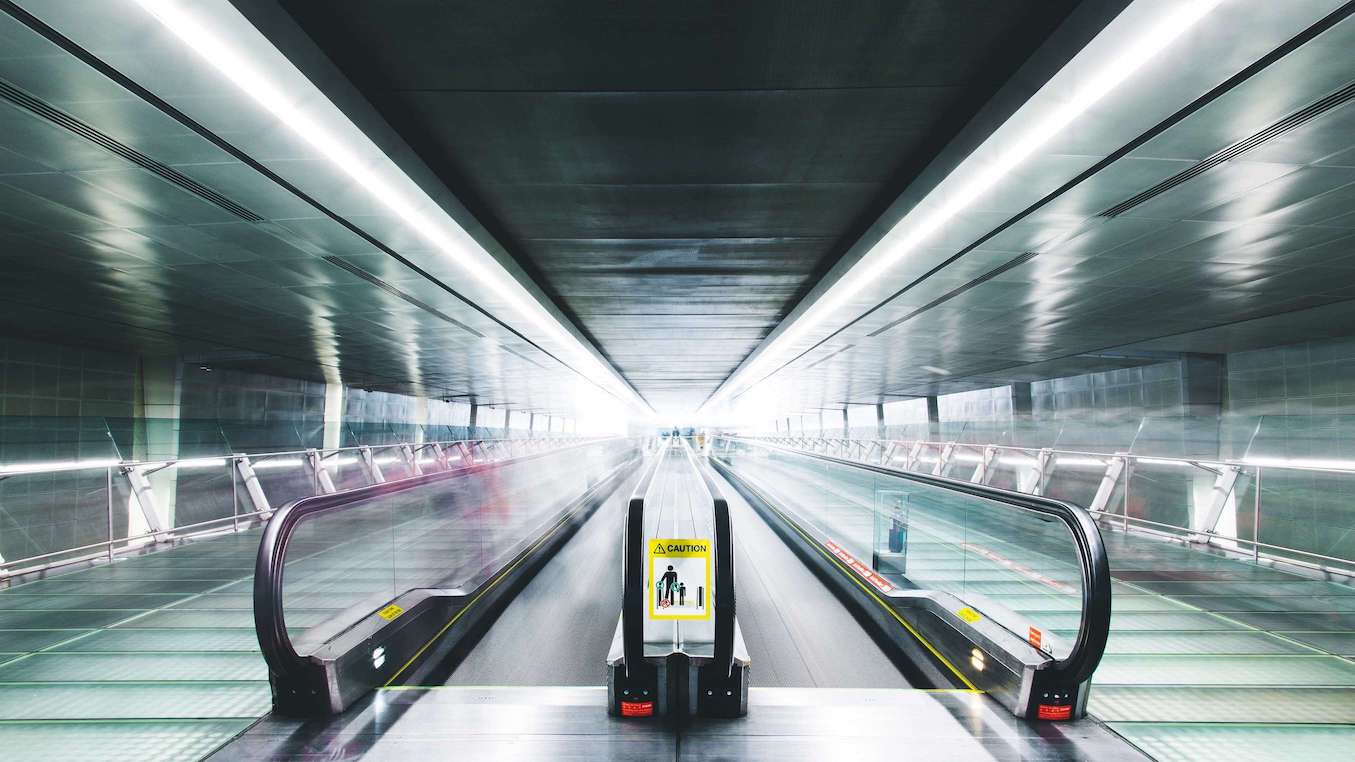
Did You Know? The MRT is the most energy-efficient mode of transport in Singapore, contributing only around 4% of Singapore’s land transport carbon emissions.
Step 2: Singapore Metro System Today
Operated by two owners - SMRT Trains Limited, and SBS Transit (ComfortDelGro Corporation) and serving more than 3 million commuters daily - today the Singapore metro system is a thriving labyrinth, that aids travelers and tourists very well while delivering most desired attractions to within walking distance.
The network is comprised of 120 stations and 5 fully operational lines which are complimented by 3 lines of Light Rail Transit.
Almost the entire metro system is either elevated or underground and boasts a variety of smaller modern conveniences. Stations are comfortable and equipped with air-conditioning systems underground while the elevated stations have ceiling fans and 4G mobile service and free Wi-Fi works within any station.
Let‘s move along the steps, and meet one of the most important parts of this elusive metro system.
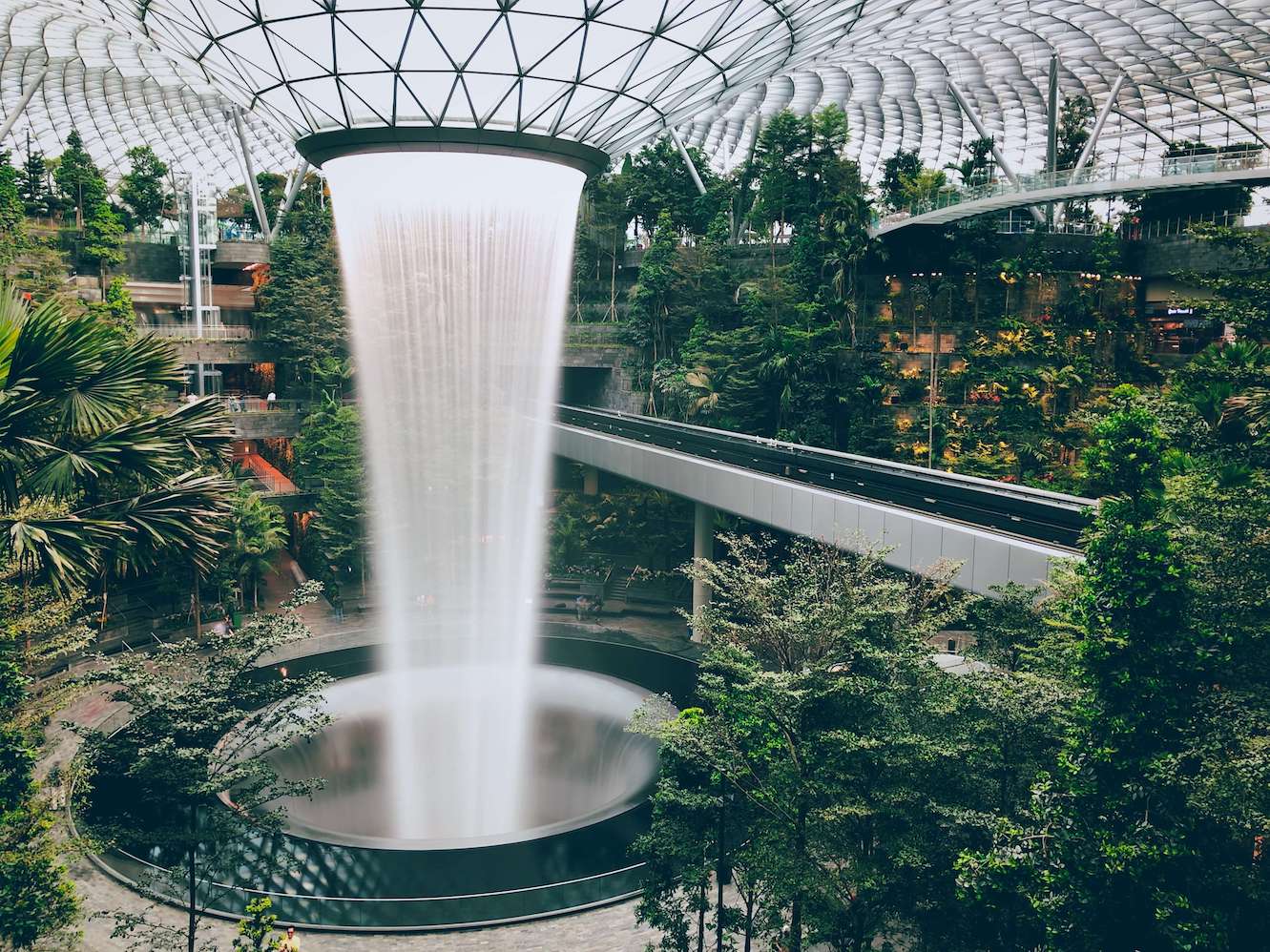
Did You Know? Consumption of food and drinks, as well as chewing gum, is prohibited both on trains and in stations and violation of the rule might result in the 500$ fine
Step 3: Meet The Lines & Central Stations
The 5 completed and fully operational lines take us through the route of total 199.6 kilometers (228.2 km when combined and complemented with Light Rail Transit and its 3 lines).
That means only thing: you are bound to capture Singapore, whether you are seeking gorgeous and UNESCO-listed gardens, historic temples or blend into the modern pulse of the city. These lines can quickly become your ultimate guide to the fascinating Lion City.
SMRT LINES:
- North-South Line (Red) is a high-capacity and busy line that runs through 27 stations and stretches out to 45 kilometers connecting southern and central Singapore to the north region from which it connects to the west.
- East-West Line (Green) is the longest line in the city that covers a 57.2-kilometer route with 35 stations. It also has both the easternmost and westernmost MRT stations in the metro system and connects central Singapore to east and west.
- North-East Line (Purple) is the world‘s first fully-automated rapid transit lane and has 16 stations that are spread out through its 19.2-kilometer route. The purple-colored line connects central Singapore to the north-eastern and south-western parts of the island.
- Circle Line (Yellow) sits among the longest driverless rapid lanes on the planet and is less crowded with medium capacity. Its length of 35.5 kilometers across 30 stations and orbital loop route covers a lot of Central Area and links all radial routes.
- Downtown Line (Blue) runs from Bukit Panjang in the north-west to Expo in the east. The line is 41.9 kilometers long and has 34 stations with moderate capacity.
SMRT Central Stations:
- City Hall Interchange is one of the busiest stations out there due to its very central location that is close to many great attractions. It is also a cross-platform interchange.
- Dhoby Ghaut Interchange located in the Museum planning area is the only station that is triple-line interchange which together with its proximity to the shopping belt of Orchard Belt makes it a crowded and busy station.
- Jurong East Station is a fully elevated interchange station situated in the heart of Jurong Lake District.
- Bishan Station sits in the center of town Bishan and is one of the oldest stations in Singapore. It is connected to the Bishan Bus Interchange and Junction 8, a popular shopping mall in Bishan.

Did You Know? Red seats are reserved for elderly, pregnant women or injured.
Step 4: Know Frequency & Hours of Operation
Knowing frequency and working time is another important part of the Singapore metro system puzzle. And the good news is that the operating hours are from 5.30 AM to 1:00 AM daily.
Frequency? Also efficient, with trains running on every 2 to 5 minutes on average during peak hours, and 5 to 10 minutes during off-peak periods.
Note that operating hours are usually extended during festive seasons, and occasional changes may occur, which is why checking their official websites of SMRT & SBS is always a good idea.
Step 5: Ticketing & Fares
We should start off by saying that SMRT is not only the most efficient way to get around the exotic city-state of Singapore, but the most affordable one as well, and here‘s why:
The standard ticket that can be purchased with ticketing machines at any station has a price ranging from 0.77$ to 3$ on average. But the key factor is the distance you are traveling, which will reflect your ticket price.
Cash is accepted at the ticketing machines, but you can also use the EzLink card, a contactless payment service in Singapore.
And if you‘re just not quite sure, and want to get it down specifically, you can always use the MRT Fare Calculator.
Step 6: Accessibility & Safetytourist passes in Singapore as well!
SMRT has taken a lot of actions to make the stations as secure as possible. Unarmed guards are doing check-ups frequently, especially for those who carry bigger luggage and cameras stream live feed on the monitors in some stations.
Even the trash bins and mails boxes have been removed to avoid bomb planting in them. But that‘s only a tip of an iceberg when it comes to security. Be equipped with common sense, and you‘ll most likely never have trouble in Singapore‘s metro network.
When it comes to accessibility, those impaired with disabilities should not worry at all.
- Wheelchair - All the stations have lifts and ramps, wheelchair-friendly toilets, ramps and lifts, and wider fare gates as well as two wheelchair-accessible carriages on each train.
- Visually Impaired - Braille plates are installed in elevators with tactical ground paving to help navigate the station. There are also announcements and instructions at all train stops to be heard as well.
- Hearing Disabilities – Destinations and arrival times can be checked within multiple screens around the train platform. Flashing red lights will also aid in indicating when the doors are closing.
Step 7: Appreciate The Architecture & Art
Now that you are covered with the essential information, you might want to appreciate something that might be overlooked, especially in Singapore – architecture, and art within the metro world.
While aesthetics weren‘t a priority at all in the early stages of network development, the later expansions saw domed roofs, cylindrical-shaped stations, and art pieces like paintings and sculptures representing Singapore‘s past being installed and born. All to make the repetitive metro experience just a bit more blissful.
Stop for a moment, observe, and discover something beautiful, which just might a simple metro station or an airport!
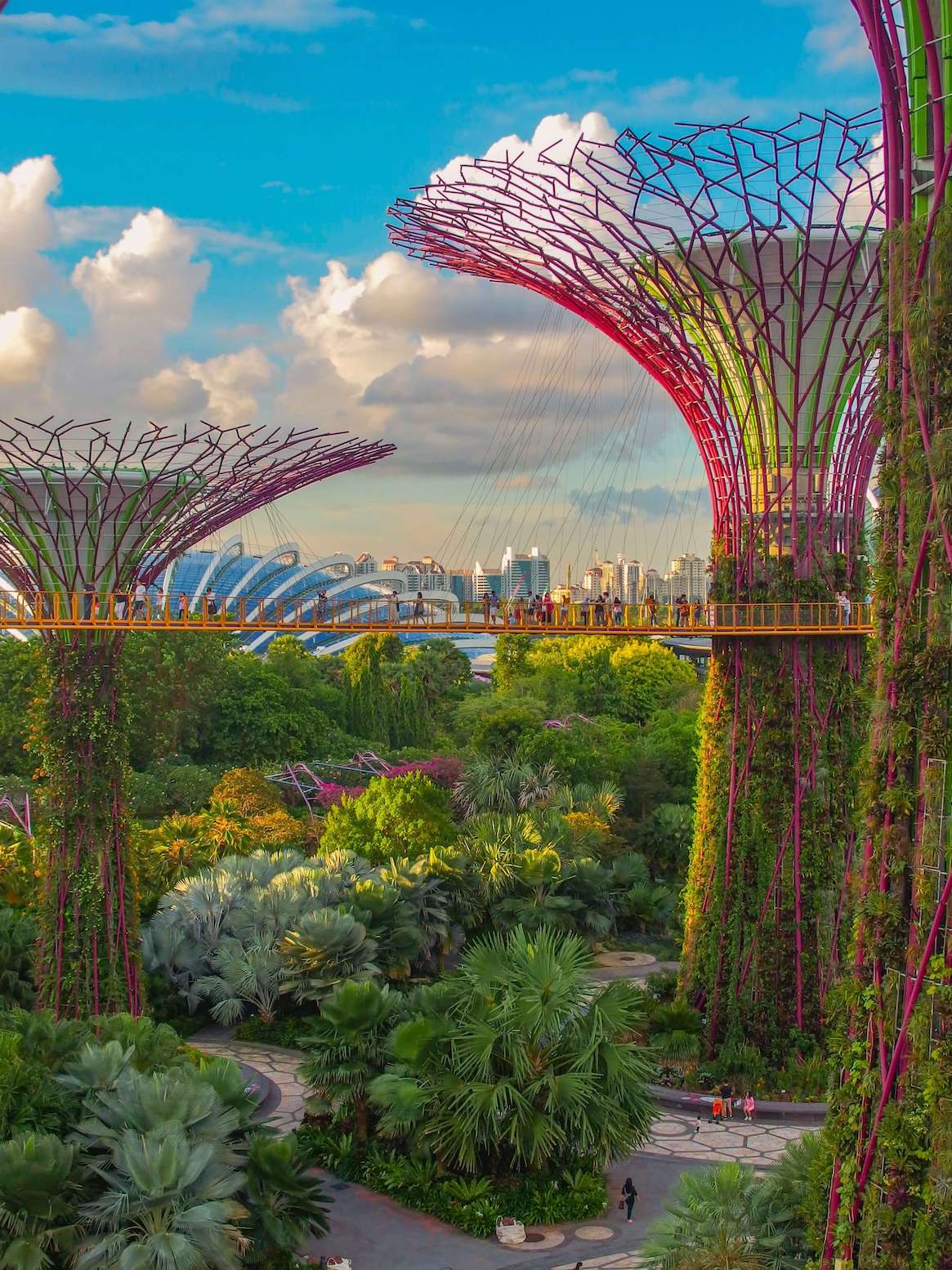
Did You Know? Singapore enjoys one of the world’s longest life expectancy and one of the lowest infant mortality rates in the world.
Step 8: Discover Singapore Through The Metro System
So, what about those popular attractions? How those metro lines can actually help me to capture the essence of Singapore?
While debatably, the Circle Line might be the richest in attractions, all the lines share quite an even package of the point of interest to unveil.
Therefore, let these top 5 attractions that are available to discover through different SMRT lines and stations be exemplary of how metro network can serve you well in your explorations:
- Singapore Botanical Gardens offers to step inside the magical 160-year old tropical garden, the first and the only tropical garden to be featured on UNESCO World Heritage List. A spectacular 60-acre location for outdoor lovers and completely free to explore. Reach it by using either Downtown Line (Blue) or Circle Line (Yellow) by stopping at Botanic Gardens MRT Station (CC19/DT9) which is situated at the northwest corner of the gardens.
- Jurong East is a residential town full of diversity that has a beautiful array of choices along the line. For shopaholics, the 4 mega malls and the hottest marketplace in Bugis Street will do justice. Craving for sightseeing instead? No worries as Chinese Gardens with a picturesque lake and stunning imperial architecture will deliver that effortlessly, with many more interesting things waiting, such as science center with almost 1,000 exhibits, and dozen of leisure parks. Not only the area is served by two MRT stations: Jurong East MRT station (NS1/EW24/JE5) & Chinese Garden MRT Station (EW25), but you can get there by using multiple lines of North-South (Red) or East-West (Green) as well.
- Clarke Quay Central can easily become your heaven as it has everything from buzzing pubs to live music venues to adrenaline-packed thrill rides and scenic river rides. Add heritage and history to it with multiple temples and museums, and you have yourself one of the best places to visit in the whole island! Most of the top-rated attractions around Clarke Quay are located within walking distance of fewer than 10 minutes from three MRT stations: Clarke Quay Station(NE5) with North-East Line (Purple), Fort Canning Station(DT20) with Downtown Line (Blue) and City Hall Station (NS25/EW13) with both North-South (Red) and East-West (Green)
-
National Museum of Singapore dates back to 1849 and is the oldest museum on the island. Designed in Renaissance and Neo-Palladian style, it stands out in Singapore with its splendid architecture that is more common to Europe. Unveil the history of Singapore, find out how women progressed since its independence and get to know how Singaporeans coped with daily life under the occupation of Japanese and more, by walking 5 minutes from Dhoby Ghaut MRT station (NS24/NE6/CC1) which is on three lines of North-South (Red), North-East (Purple) and Circle Line (Yellow).
- Gardens By The Bay is one of the most striking and iconic attractions in Singapore with millions visiting the premier urban outdoor recreation space each year that became a national symbol. Gardens not only combine both man-made structures and real lush gardens, but it also delivers unparalleled vistas of the Singapore‘s breathtaking skyline from above, as well as coordinated light and music show when supertrees come alive every evening to deliver that cherry on top. And this masterpiece of modern architecture is only 5 minutes by walk from Bayfront MRT Station that is served by Circle in Line (Yellow) and Downtown Line (Blue). Can‘t get any easier than that. Enjoy!
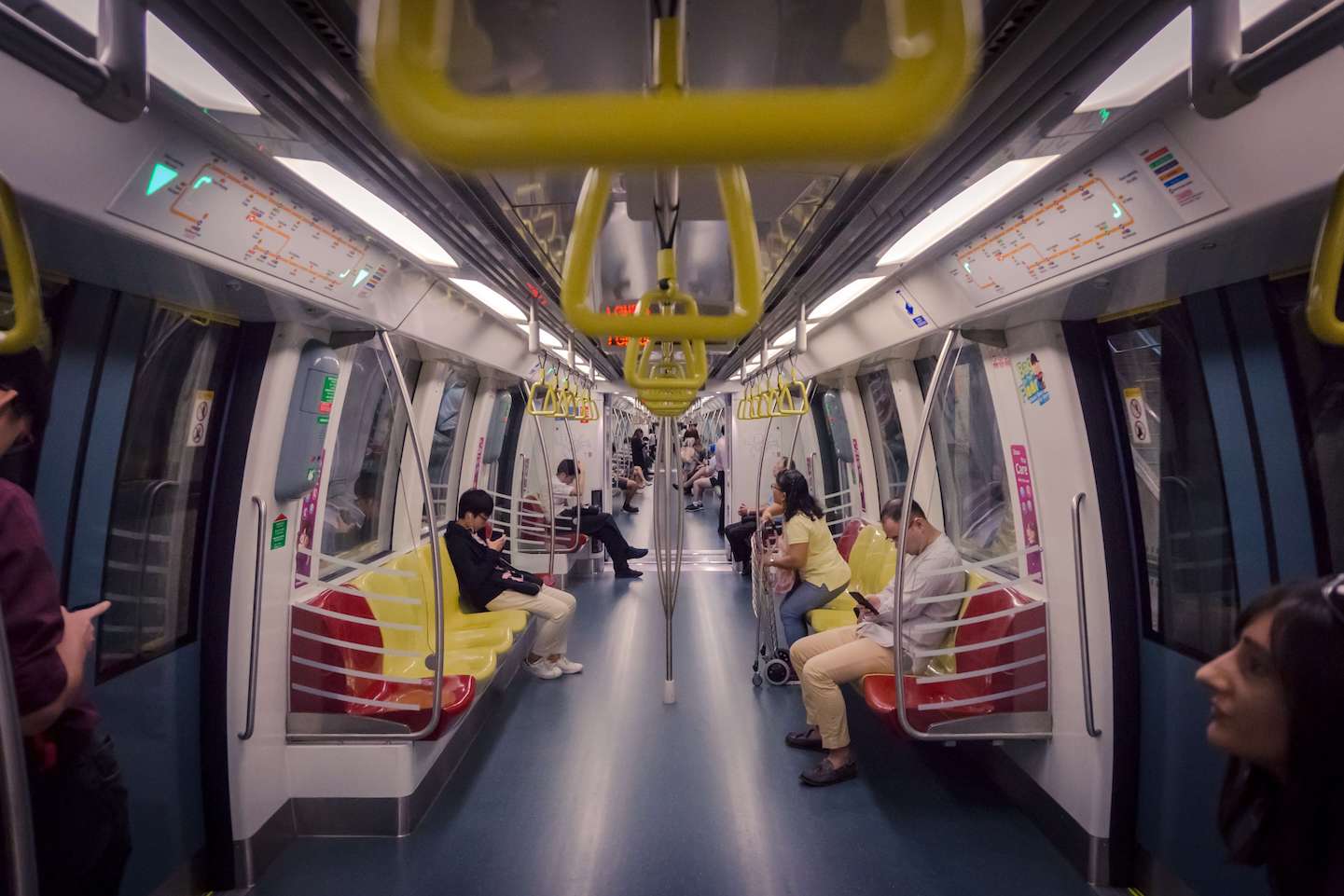
Did You Know? There are approximately 122 cameras in each metro station.
Step 9: What About The Airports?
Wait a minute, how about the airport? After all, that‘s our first and last point of travel in Singapore. Is it reachable with the metro?
Of course, yes! The Changi Airport MRT station is linked directly to Changi Airport Terminal 2, and technically all MRT stations have access to the airport.
Traveling with the metro from the airport should be less than $3 to almost anywhere and Changi Airport is the terminus of the East-West line.
Step 10: Pack Up Additional Information
There ya go! Forget the hassle and the traffic with SMRT and enjoy your trip while saving reasonable amounts of your hard-earned money.
To complete the puzzle, check this important additional information:
Main Languages Used - English, Mandarin, Malay, Tamil
Customer Service Number - 1800 336 8900